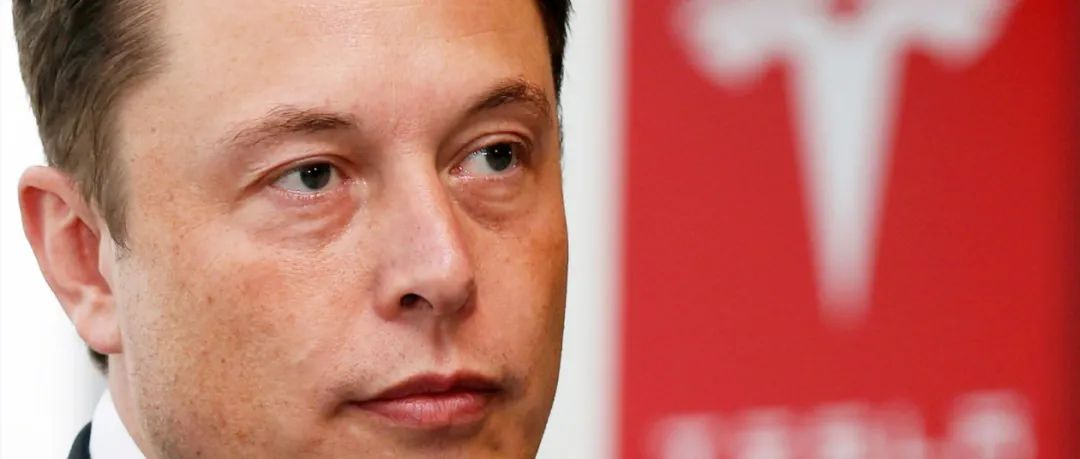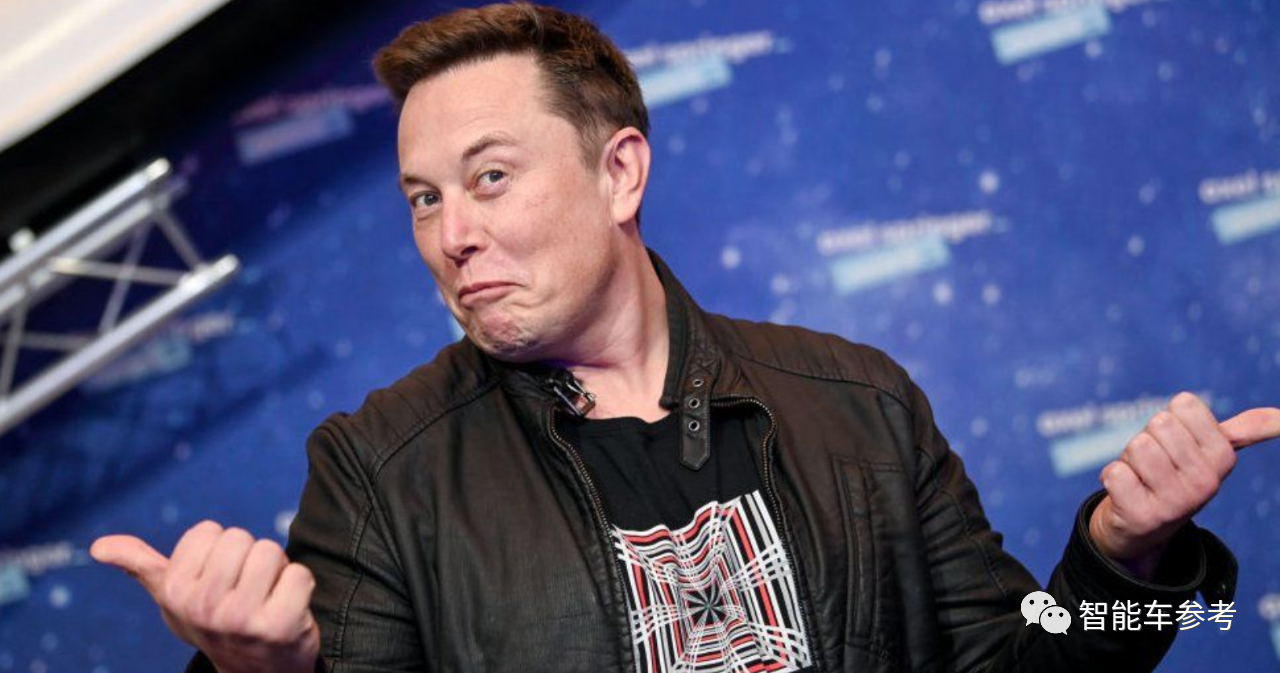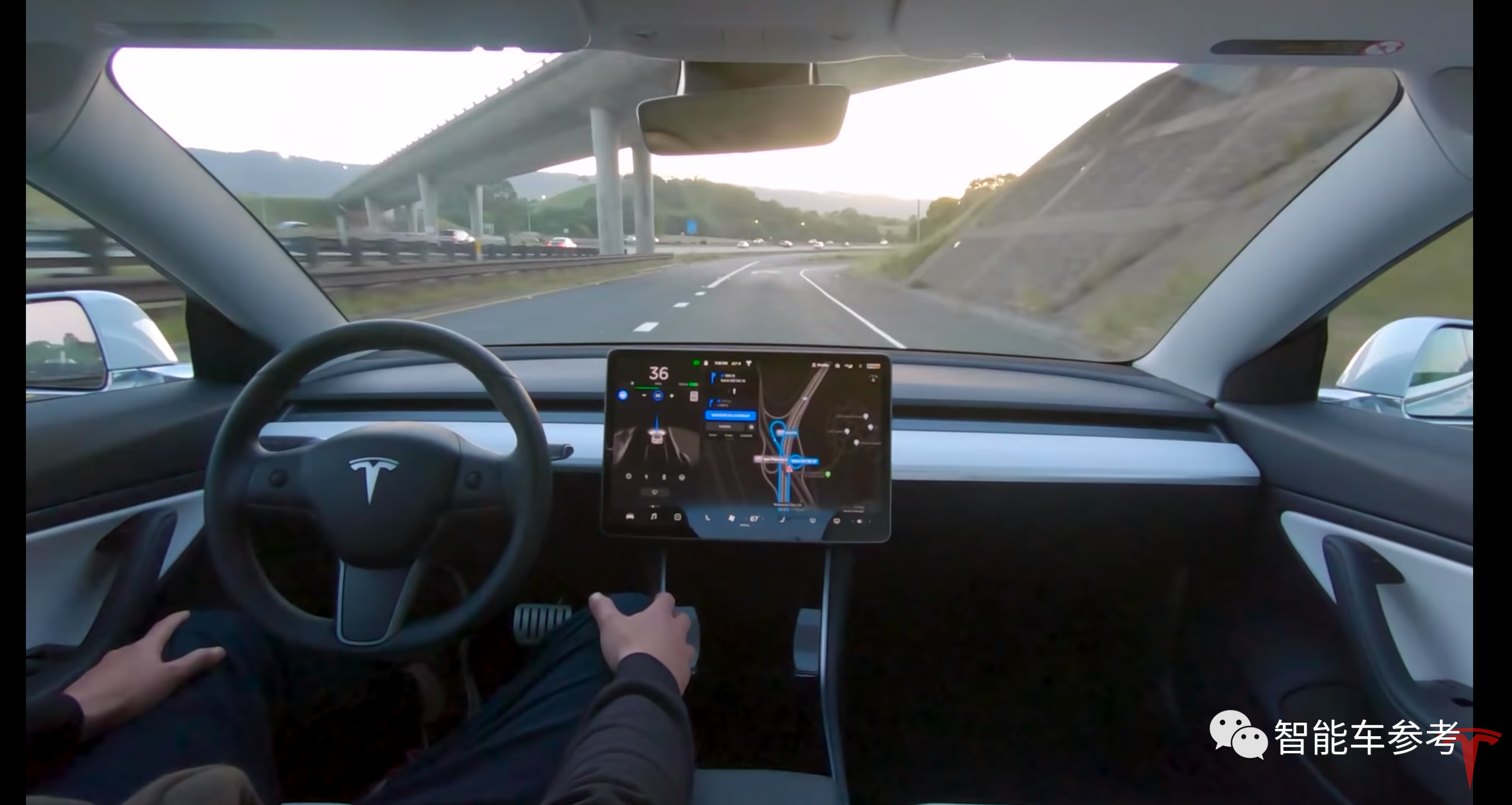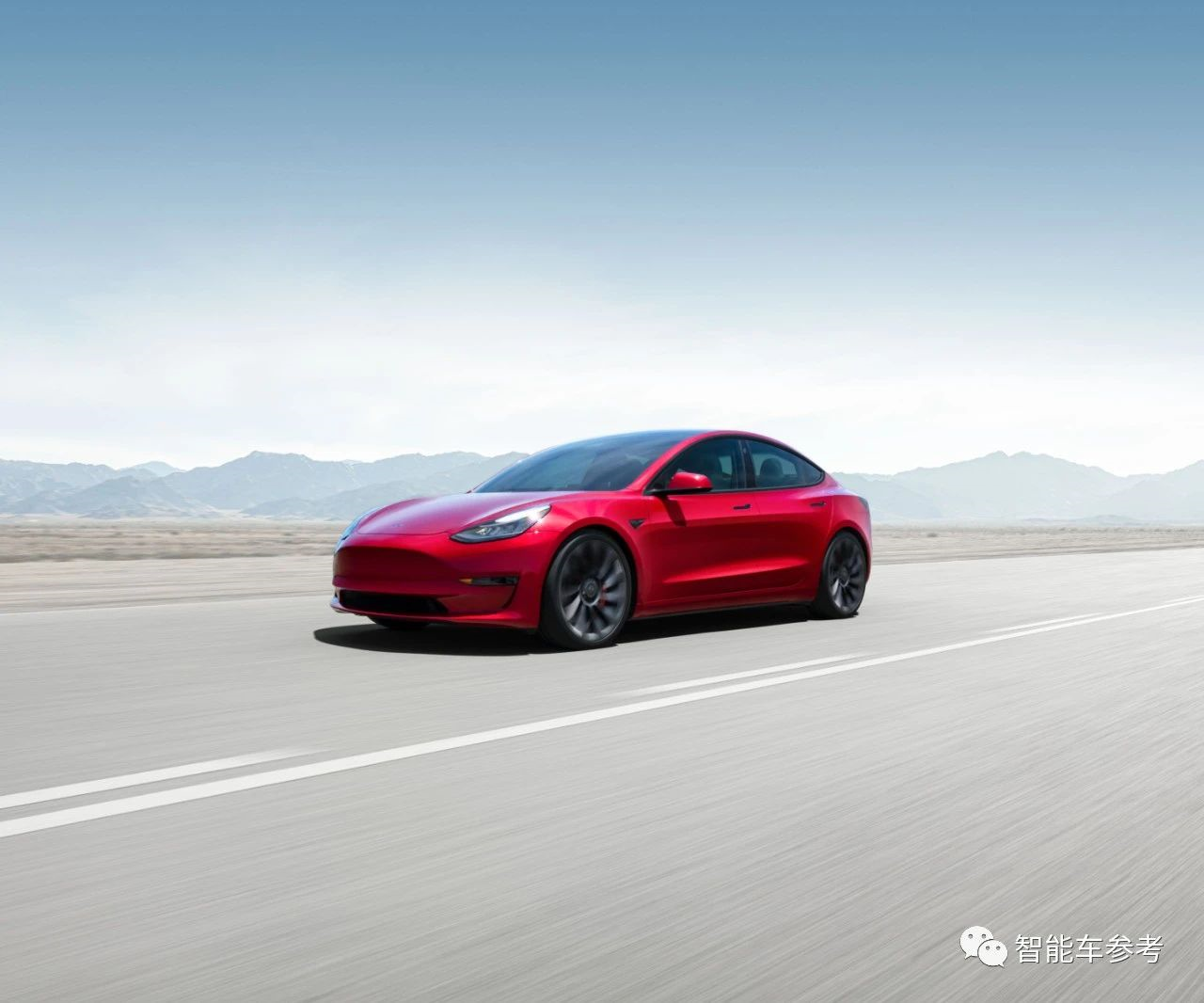Wanbo from Copilot Temple
Reference for Smart Cars | WeChat Official Account: AI4Auto
To cope with the chip shortage, did Tesla secretly downgrade the steering system?
Yes, a recent report revealed that Tesla’s Model Y and Model 3 produced in China have cancelled the redundancy of steering components.
And the downgrade will also affect Tesla’s autopilot function.
Tesla’s statement is that it affects the L3 level automatic driving ability, while we are only L2 now.
Hmm? This is different from Musk’s publicity.
Tesla Secretly Downgrades Steering Components
In the past year of 2021, Tesla delivered nearly one million vehicles, a year-on-year growth of 87.4%.
It is truly impressive to maintain strong growth amidst the increasingly severe chip shortage.
But recently, Tesla has been exposed for secretly downgrading in order to ensure production and delivery amidst the chip shortage.
Moreover, the downgrade is related to the steering system which is closely related to vehicle control.
According to CNBC’s latest report, Tesla has downgraded some models in order to cope with the chip shortage.
This downgrade involves Tesla’s steering system, where one of the two components of the steering rack control unit was removed.
According to an internal memorandum of Tesla employees, the redundant steering components were mainly used for fault recovery when the main chip failed, which is a redundancy design.
However, Tesla’s engineers believe that this redundant chip is unnecessary for Tesla’s current smart driving.
Because the redundancy of the steering rack control unit components only works when the vehicle activates the L3 or above automatic driving function.
But Tesla stated that according to the standards of the Society of Automotive Engineers (SAE), Tesla’s autopilot system, including FSD and Autopilot, still belongs to the L2 level.
Therefore, removing a redundant chip will not create a safety issue.
It is reported that the models that have been downgraded include Tesla’s main models: Model 3 and Model Y, both of which are produced in Tesla’s China factory.
Currently, the downgraded vehicles have been shipped to overseas markets including Australia, the UK, and some areas of Europe.
Whether the downgraded models are also sold in the domestic market is currently unknown.And Tesla has not disclosed the situation of reducing configuration to the outside world. Whether there will be additional installation in the future is still unknown. After all, according to Musk, FSD belongs to level 5 autonomous driving. Once FSD is available for delivery, will the reduced configuration models be applicable?
It is important to note that Tesla’s AutoPilot and FSD are not factory standard, but can be purchased at a later time–the relevant component reductions now bring new problems.
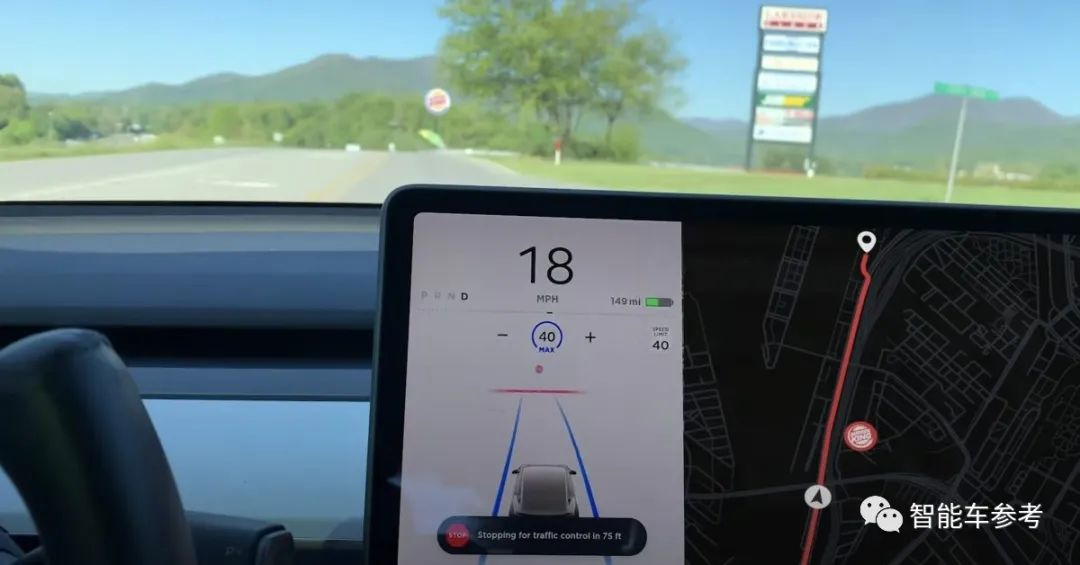
This kind of operation of secretly reducing configuration is not the first for Tesla.
Last November, some new car owners revealed that Tesla had reduced the USB interface for some car models, only preparing the interface location for future installation, while also reducing the mobile phone wireless charging configuration.
Before reducing the configuration, Tesla did not announce it in advance, and only responded after being exposed that it had reduced the configuration of some car models due to the impact of chip shortages. As for when it can be supplemented, Tesla said it is not certain.
Earlier, foreign media revealed that some car owners had complained that Tesla had secretly cancelled the adjustment function of the co-pilot’s lumbar support, and the place where the lumbar support button was originally located changed to a filler.
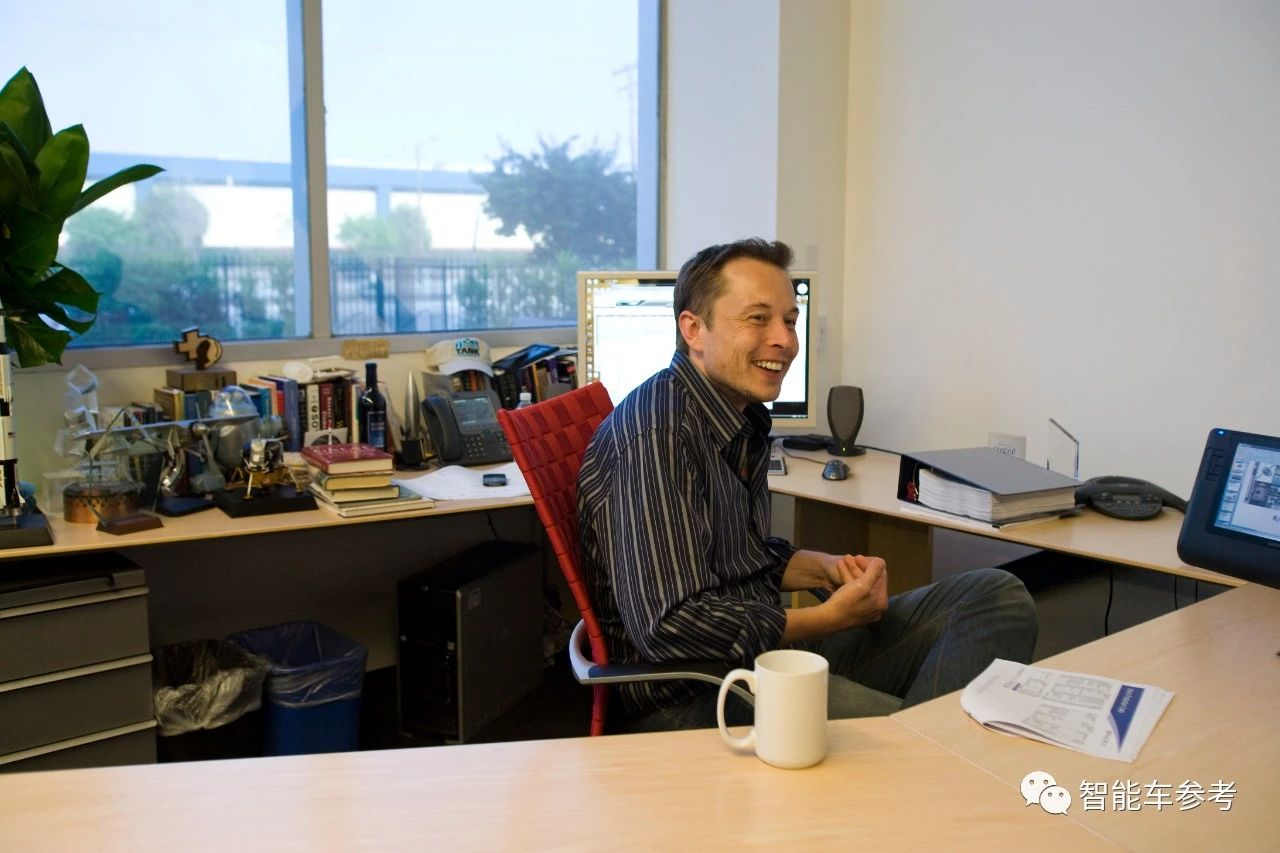
Musk’s response to this was meaningful: because the new car log shows that you don’t use it, it was cancelled…
As soon as the response came out, car owners immediately jumped out to refute him: whether I use it or not is my business, but I paid for it, so you have to give it to me.
In addition to reducing configuration, Tesla has also made other efforts to address chip shortages.
Public information shows that Tesla considered acquiring a chip factory last year to enable self-production and self-sales.
In addition to open-source, there is also throttling.
Tesla revealed at its Q2 2021 shareholder meeting that its electrical engineering team is developing new variants of controllers to reduce the use of chips.
At the same time, Tesla also manages a large amount of chips in reserve to avoid production or supply chain shortages that would cause downtime or reduced production.
In fact, chip shortages have persisted since 2020, and Tesla is not the only automaker affected.
Under this circumstance, in addition to reducing or suspending production, major automakers are quietly reducing configuration, or delivery futures have become an industry practice that is known but not talked about.
Under the chip shortage, which other automakers are reducing configuration?
Tesla is quietly reducing configuration, and domestic new forces are choosing to deliver first and then install supplementary configurations.Last year, due to chip shortages, XPeng Motors was unable to assemble millimeter wave radar for XPeng P5 in sufficient quantities, resulting in delayed delivery times. XPeng offered a “2 options” plan: either wait for delivery with no compensation or take delivery first, but some advanced driving assistance features will be unavailable until the radar is retrofitted. To prove its sincerity, XPeng also promised to provide a free upgrade to the XPILOT 3.0/3.5 intelligent driving system, which according to official prices, requires an additional RMB 36,000.
Similarly, Ideal-One, which belongs to a new generation of automakers, was scheduled to be delivered in October and November last year, but due to the shortage of millimeter wave radar chips, it had to be delivered on a futures basis. Vehicles delivered on time will install only three front and rear radars, and the remaining ones will be retrofitted before the Spring Festival for free. There is also compensation: the entire vehicle is covered by a lifetime quality guarantee, and 10,000 points worth about RMB 1,000.
Traditional automakers, such as General Motors, mainly reduce features that do not affect intelligent driving and vehicle control, such as the cancellation of fuel management modules for its pickup truck models and seat heating functions for other models of vehicles. Last October, Mercedes-Benz announced that it would no longer guarantee that new cars would have the full line of configuration.
In contrast to the above automakers, Tesla, with its strong reputation, has reduced features without reducing prices or informing owners in advance, which is rare. Netizens had different opinions on this issue: some argued that Tesla’s reduction was understandable because it did not affect safety, while others criticized it for not notifying owners in advance and that Tesla should be responsible for any safety issues that may arise.
But here’s a joke, Musk, what happened to your fully autonomous driving? How come when it comes to cost-cutting, it’s only L2 level?
— End —
This article is a translation by ChatGPT of a Chinese report from 42HOW. If you have any questions about it, please email bd@42how.com.
